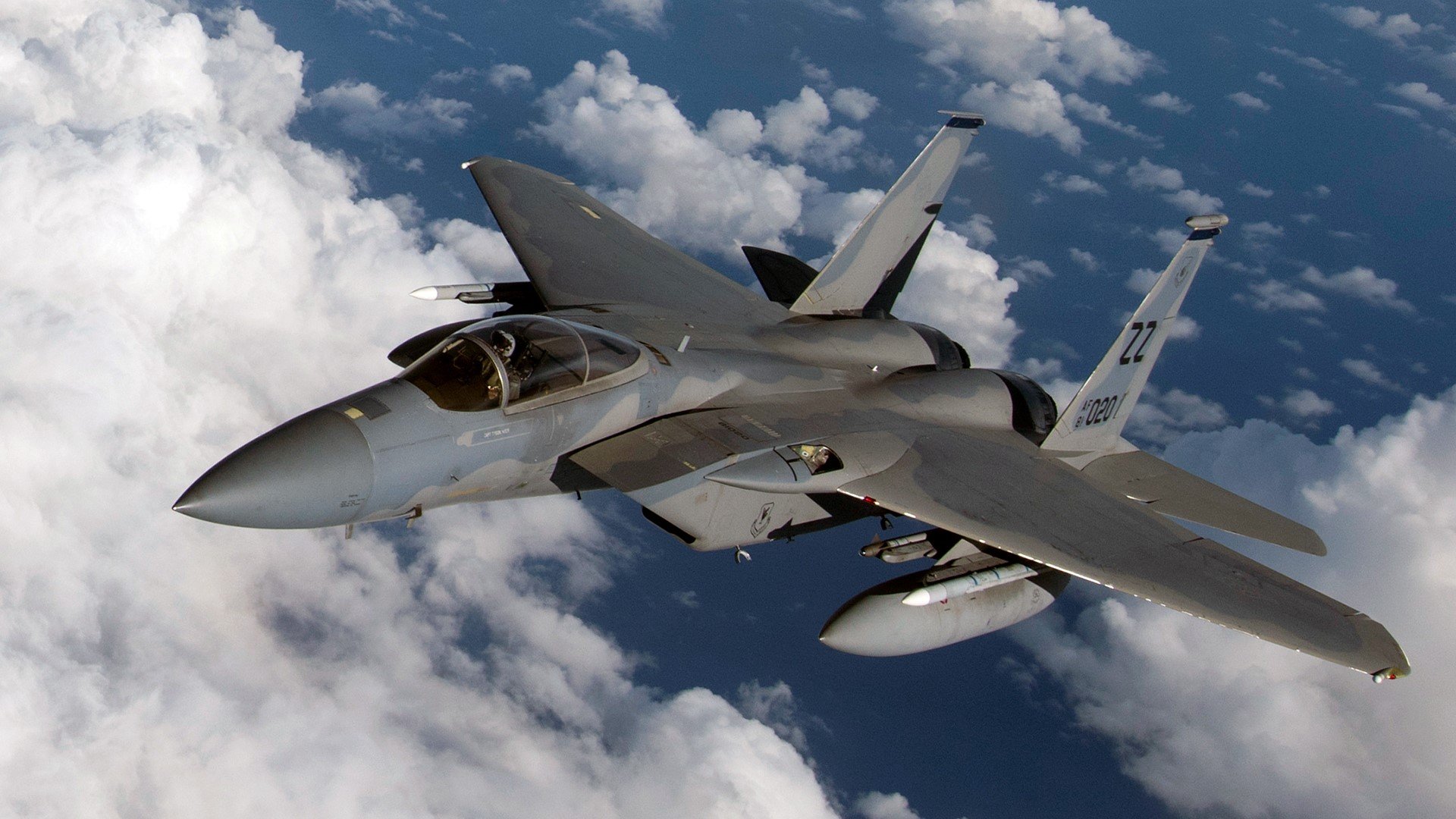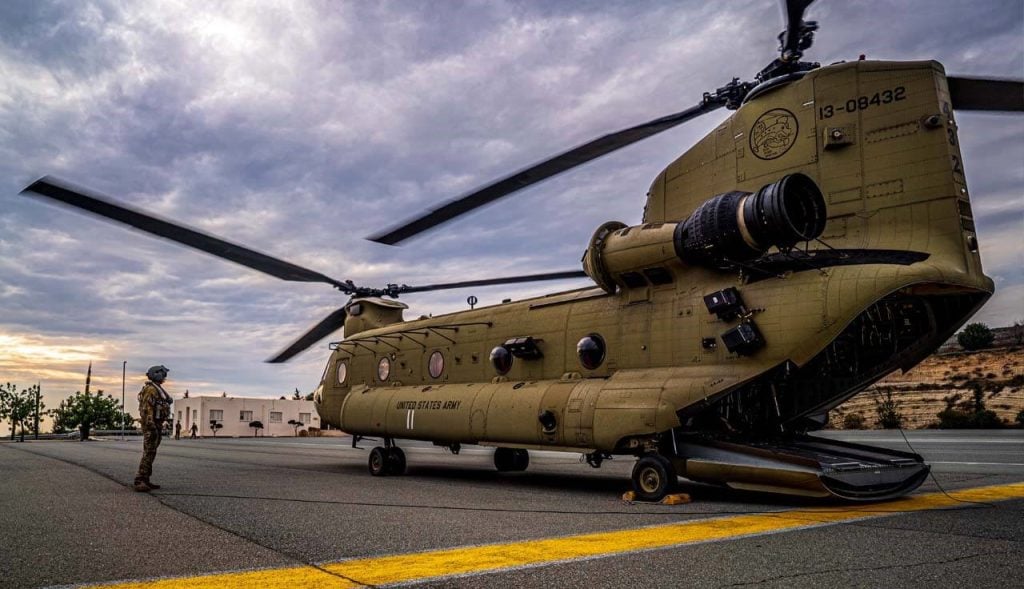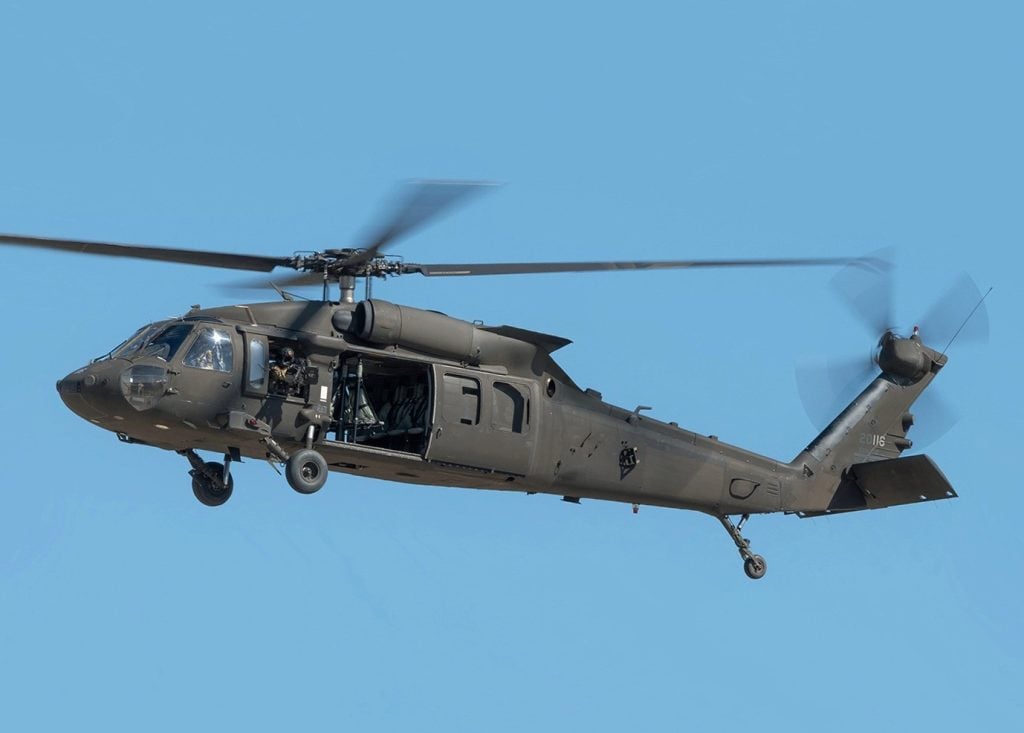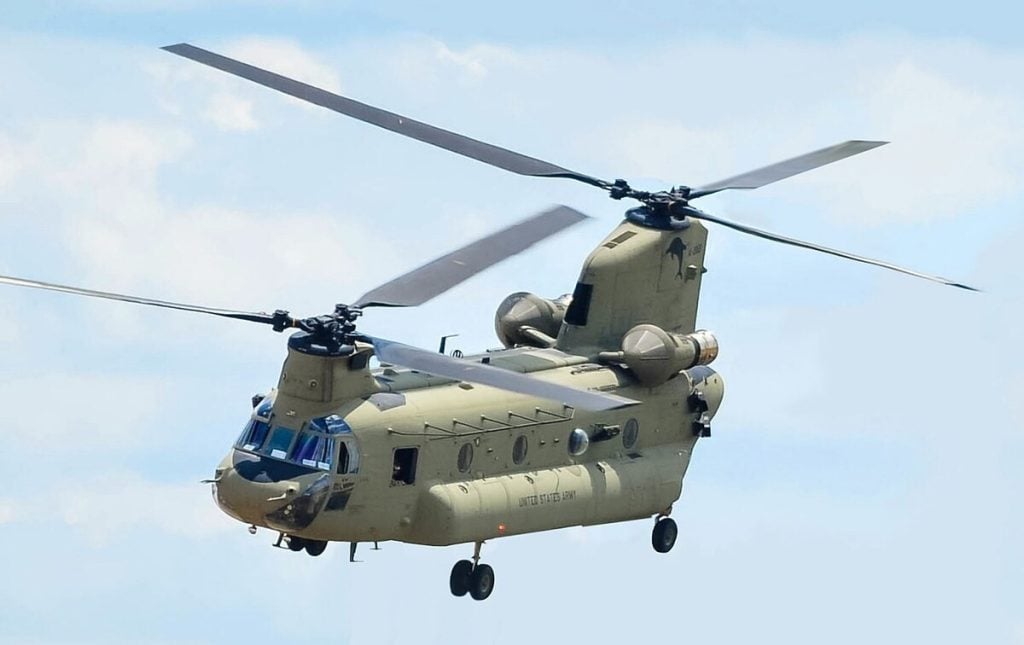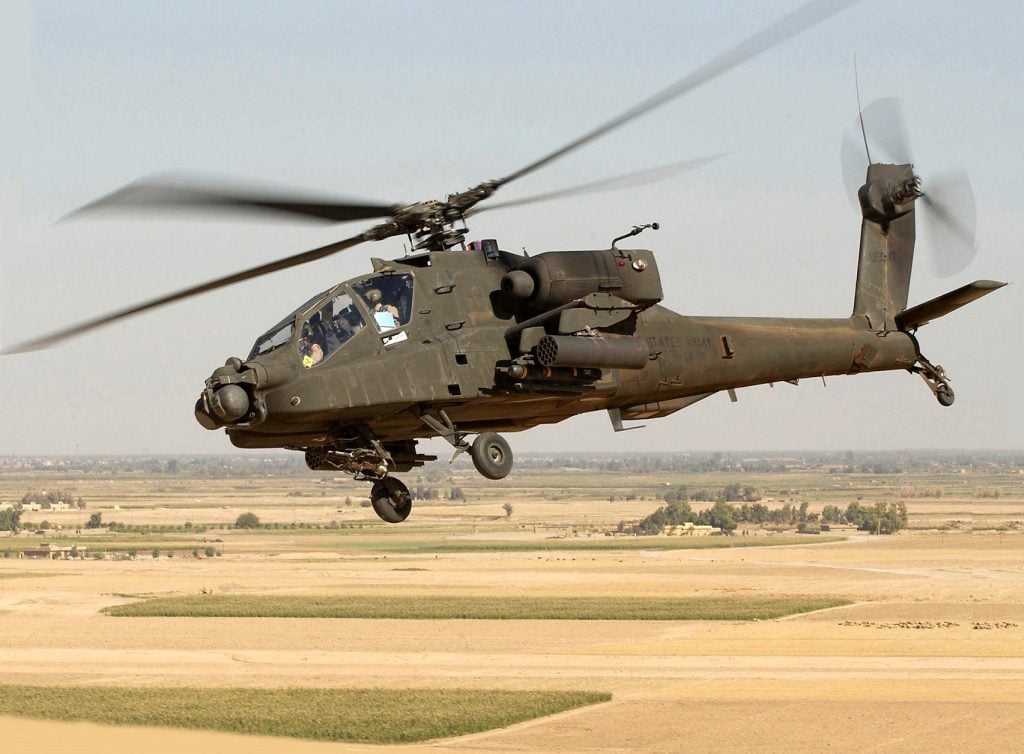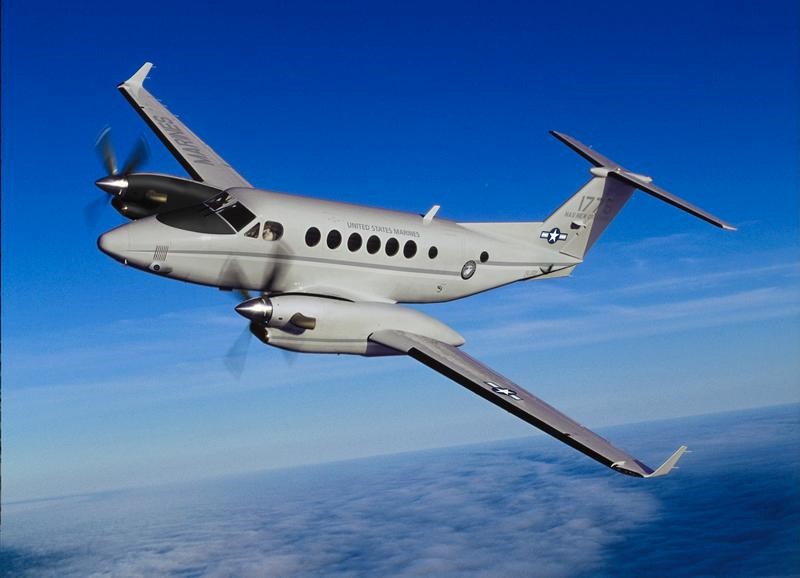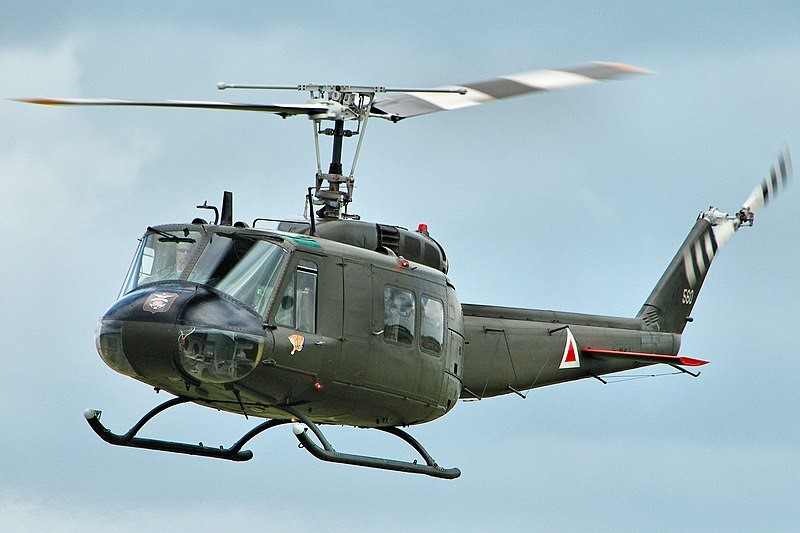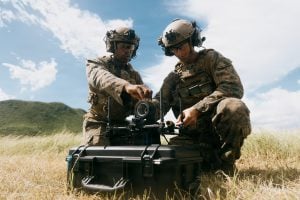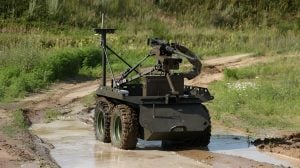While the US Army is renowned for its ground forces, its aviation branch plays a pivotal role in the nation’s defense capabilities. Boasting a diverse fleet of both rotary-wing and fixed-wing aircraft, the Army’s air power is a force to be reckoned with. From the iconic Blackhawk and Chinook helicopters to the battle-tested Apache gunship and the versatile Huron fixed-wing platform, this branch of the military has a rich history of aviation excellence.
In this comprehensive article, we delve into the 5 Top Aircraft in the US Army Fleet, exploring the capabilities, roles, and legacy of each of these remarkable aircraft.
Top 5 Nations Developing 6th Gen Fighters
1. The Sikorsky UH-60 Blackhawk
At the heart of the US Army’s helicopter fleet stands the Sikorsky UH-60 Blackhawk, a true icon of military aviation. Entering service in 1979, this medium-lift utility helicopter has become a ubiquitous presence in a wide range of combat and support operations. With its impressive speed, maneuverability, and payload capacity, the Blackhawk excels in tasks such as search and rescue, medical evacuation, external lift, and combat assault. Its ability to operate in diverse environments, from urban centers to rugged terrain, has made it an indispensable asset for the Army’s forces.
Blackhawk’s Diverse Capabilities
The Blackhawk’s versatility is showcased in its extensive list of capabilities. As a search and rescue platform, it can quickly deploy personnel and equipment to assist in emergency situations. Its medevac role allows for the rapid transport of wounded soldiers to medical facilities, saving countless lives. The Blackhawk’s external lift capability enables the efficient movement of heavy cargo, while its combat assault function allows for the swift deployment of troops into hostile areas. Additionally, the aircraft’s firefighting capabilities make it a valuable asset in supporting ground operations.
Blackhawk’s Legacy and Operational History
The Blackhawk’s storied history includes both triumphs and tragedies. While it has played a crucial role in numerous military operations, including the Gulf War and the War in Afghanistan, the aircraft is perhaps most infamously associated with the Battle of Mogadishu in 1993, where two Blackhawks were shot down during a harrowing urban battle. This event inspired the bestselling book and subsequent film “Black Hawk Down,” which brought the Blackhawk’s capabilities and the sacrifices of its crews into the public spotlight. Despite this setback, the Blackhawk has remained a steadfast and reliable asset for the US Army, continuing to evolve and adapt to meet the ever-changing demands of modern warfare.
2. The Boeing CH-47 Chinook
Alongside the Blackhawk, the Boeing CH-47 Chinook stands as another iconic helicopter in the US Army’s fleet. Designed for heavy-lift operations, the Chinook has been a mainstay of Army aviation since its introduction in 1962. With its distinctive tandem rotor configuration, the Chinook boasts impressive cargo and troop transport capabilities, making it an invaluable asset in a wide range of missions.
Chinook’s Versatile Roles
The Chinook’s versatility is evident in its diverse range of operational roles. It excels in cargo and troop transport, seamlessly moving personnel and equipment to remote or inaccessible areas. The helicopter’s search and rescue capabilities have proven invaluable in emergency situations, while its medical evacuation function has saved countless lives. The Chinook’s unique design, which includes a rear ramp for easy loading and unloading, allows it to operate in challenging environments, including mountainous terrain and unprepared landing zones.
Chinook’s Operational History and Upgrades
The Chinook’s operational history is a testament to its resilience and adaptability. Since its introduction, the helicopter has seen action in numerous conflicts, from the Vietnam War to the ongoing operations in the Middle East. Over the years, the Chinook has undergone continuous upgrades and modernization, ensuring that it remains a cutting-edge asset in the Army’s arsenal. From improved avionics and communications systems to enhanced payload capacity and range, the Chinook has evolved to meet the ever-changing demands of modern warfare.
10 Top Game-Changing Weapons in India’s Military
3. The Boeing AH-64 Apache
If the Blackhawk and Chinook represent the utility and transport capabilities of the US Army’s helicopter fleet, the Boeing AH-64 Apache stands as the embodiment of its formidable attack power. Introduced in 1984, the Apache has earned a reputation as one of the most effective and battle-proven attack helicopters in the world.
Apache’s Fearsome Armament and Capabilities
The Apache’s impressive armament is a testament to its lethality. Boasting a top speed of 227 mph and wielding a formidable arsenal that includes the M230 30mm chain gun, Hydra-70 and CRV7 70mm air-to-ground rockets, and the AGM-114 Hellfire missile, the Apache is a true force to be reckoned with. Its advanced targeting and fire control systems, combined with its exceptional maneuverability, make it a devastating weapon in the hands of skilled pilots.
Apache’s Operational History and Legacy
The Apache’s operational history is marked by its consistent success in various military campaigns. From its debut in the invasion of Panama in 1989 to its pivotal role in the Gulf War and the ongoing operations in the Middle East, the Apache has consistently demonstrated its ability to dominate the battlefield. During the Gulf War alone, Apaches were responsible for the destruction of over 500 Iraqi Army main battle tanks, solidifying the helicopter’s reputation as a game-changing asset in modern warfare.
4. The Beechcraft C-12 Huron
While the US Army’s aviation branch is primarily known for its impressive helicopter fleet, it also maintains a significant fixed-wing asset in the form of the Beechcraft C-12 Huron. This versatile aircraft has been a mainstay in the Army’s inventory for nearly 50 years, serving in a variety of roles.
Huron’s Diverse Operational Capabilities
The C-12 Huron’s versatility is evident in its wide range of operational capabilities. It serves as an aerial surveillance platform, providing critical intelligence gathering capabilities to ground forces. The Huron also excels in light cargo transport, efficiently moving supplies and equipment to remote locations. Additionally, the aircraft is utilized for medical evacuation missions, ensuring the rapid transport of injured personnel to medical facilities, and for priority personnel transport, ensuring the safe and timely movement of key personnel.
Huron’s Longevity and Continued Service
Despite its age, the C-12 Huron has proven to be a remarkably reliable and resilient aircraft. With over 200 units in the Army’s fleet, the Huron is the most prolific fixed-wing asset in the service’s inventory, larger than the air forces of many countries. The aircraft’s ruggedness and exceptional performance have enabled it to serve the Army faithfully for nearly five decades, and it is expected to continue its service for years to come, testament to the enduring value it provides to the force.
5. The Iconic Huey
No discussion of the US Army’s aviation history would be complete without mentioning the iconic Bell UH-1 Huey helicopter. While the Huey has since been retired from active Army service, its legacy continues to loom large over the service’s aviation branch.
Huey’s Legendary Status and Iconic Depictions
The Huey’s status as a symbol of the Vietnam War era is firmly cemented in popular culture. Appearing in countless war films and action-adventure movies, the Huey’s distinctive silhouette and the unmistakable sound of its rotor blades have become synonymous with the Army’s air power. Iconic scenes, such as the famous “smell of napalm in the morning” sequence from “Apocalypse Now,” have etched the Huey into the collective consciousness of both military and civilian audiences.
Huey’s Retirement and Continued Service
Despite its retirement from active Army service in 2005, and the subsequent phasing out of the aircraft from the Army National Guard in 2016, the Huey continues to serve in a limited capacity with the US Air Force. This enduring presence is a testament to the helicopter’s reliability and the enduring legacy it has left on the Army’s aviation branch. For those who have had the privilege of experiencing the Huey firsthand, whether during its active service or in the context of commemorative events, the memories of this iconic aircraft remain indelible.
The Enduring Legacy of Army Aviation
The US Army’s aviation branch has a rich and storied history, marked by the development and deployment of some of the most iconic and influential aircraft in military aviation. From the workhorse Blackhawk and Chinook helicopters to the formidable Apache gunship and the versatile Huron fixed-wing platform, the Army’s aerial arsenal has played a crucial role in shaping the course of modern warfare.
The Continuous Evolution of Army Aviation
As the demands of military operations have evolved, the Army’s aviation branch has consistently adapted and modernized its fleet to meet the challenges of the modern battlefield. Through a relentless pursuit of technological advancements and a commitment to operational excellence, the Army has ensured that its air power remains a formidable and adaptable force, capable of responding to a wide range of mission requirements.
The Enduring Impact of Army Aviation
The impact of the US Army’s aviation branch extends far beyond the battlefield. The iconic aircraft and the heroic actions of the pilots and crews who have operated them have become deeply ingrained in the collective consciousness of both the military and civilian communities. From the Huey’s indelible mark on the Vietnam War era to the Blackhawk’s tragic yet heroic association with the Battle of Mogadishu, these aircraft and the stories they represent have become integral to the fabric of American military history.
The 5 Longest Range Missiles You Should Know About
Conclusion
The US Army’s aviation branch stands as a testament to the service’s unwavering commitment to air power and its relentless pursuit of excellence. From the versatile Blackhawk and Chinook helicopters to the formidable Apache gunship and the reliable Huron fixed-wing platform, the Army’s aerial arsenal is a formidable force that has played a pivotal role in shaping the course of modern warfare.
As the demands of military operations continue to evolve, the Army’s aviation branch will undoubtedly continue to adapt and innovate, ensuring that its air power remains a decisive advantage on the battlefield. The legacy of these iconic aircraft and the brave men and women who have operated them will endure, inspiring future generations of Army aviators and serving as a symbol of the service’s enduring commitment to protecting the nation.
FAQs
1. What does the US Army fly?
The Army Reserve Aviation oversees and directs missions utilizing Army aircraft, including the UH-60 Black Hawk, HH-60 Black Hawk (MEDEVAC), CH-47 Chinook, C-12 Huron, and UC-35 Citation.
2. How many F-35 U.S. have?
Operating and support costs are increasing, even though the military plans to reduce the usage of the F-35. Currently, there are around 630 F-35s across the military, with plans to acquire approximately 1,800 more. The Air Force, Marines, and Navy each have their own specific versions of the F-35.
3. Who still uses F-15?
The McDonnell Douglas F-15 Eagle has been in service with the U.S. Air Force since 1976 and is also used by countries such as Israel, Japan, Saudi Arabia, and others.
4. How many F-22 US have?
The F-22, widely regarded as one of the most advanced fighter jets ever built, saw its production come to an end in 2011. Although 186 F-22s are still active in the US Air Force, no additional units will be manufactured, so the current fleet is all that will remain in service.
5. What is the fastest plane in the world?
The NASA X-43 is the fastest aircraft ever built, achieving an astonishing speed of Mach 9.6 (7,366 mph). This experimental vehicle was developed under NASA’s Hyper-X program to investigate the capabilities of air-breathing scramjet engines.
